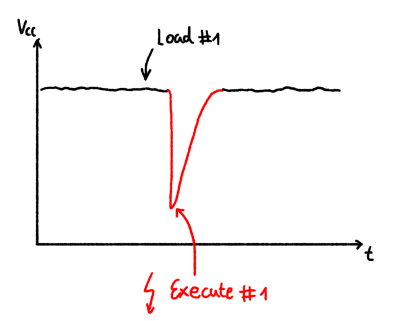Wired has a fascinating story this week, about the length Sophos has gone to for the last 5 years, to track down a group of malicious but clever security researchers that were continually discovering vulnerabilities and then using those findings to attack real-world targets. Sophos believes this adversary to be overlapping Chinese groups known as APT31, APT41, and Volt Typhoon.
The story is actually refreshing in its honesty, with Sophos freely admitting that their products, and security products from multiple other vendors have been caught in the crosshairs of these attacks. And indeed, we’ve covered stories about these vulnerabilities over the past weeks and months right here on this column. The sneaky truth is that many of these security products actually have pretty severe security problems.
The issues at Sophos started with an infection of an informational computer at a subsidiary office. They believe this was an information gathering exercise, that was a precursor to the widespread campaign. That campaign used multiple 0-days to crack “tens of thousands of firewalls around the world”. Sophos rolled out fixes for those 0-days, and included just a bit of extra logging as an undocumented feature. That logging paid off, as Sophos’ team of researchers soon identified an early signal among the telemetry. This wasn’t merely the first device to be attacked, but was actually a test device used to develop the attack. The game was on. Continue reading “This Week In Security: Playing Tag, Hacking Cameras, And More”



 particular attack. If a programmed reset doesn’t get the job done, the target power is provided via a TPS2041 load switch to enable cold starts. The final part of the interface is an analog input provided by an SMA connector.
particular attack. If a programmed reset doesn’t get the job done, the target power is provided via a TPS2041 load switch to enable cold starts. The final part of the interface is an analog input provided by an SMA connector.











